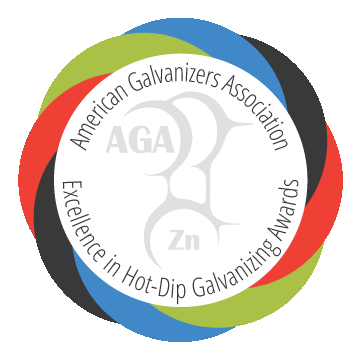Humber College Parking Structure
Toronto, ON Canada | 2019
 2020
2020
Menu • Quick Links • Search
Atrium Health, located in Charlotte, NC, has been expanding its operation since it was originally founded in 1940, over 82 years ago. Due to the growth of the hospital, several parking areas that service their customers needed to be elevated and changed from a large parking lot to a much larger parking deck. Atrium Health is home to the Levine Cancer Institute, The Sanger Heart and Vascular Institute, The Levine Children’s Hospital, and The Neurosciences Institute. The hospital has expanded to 874 beds over its 82 years and is considered an ACS designated level 1 trauma center, including a helipad for its emergency patients.
Due to the number of patients, family, and staff who access the hospital daily, the parking structure was necessary to accommodate the growing facility. For a company that has been in operation for more than eight decades, special design considerations were needed to give the parking deck the longest life possible, all while providing the most economical solutions for the new construction. Originally scheduled for construction in early 2021, this project had to overcome a year of delays in obtaining land and building height permits, a redesign of the project, and rising construction and inflation costs. Hot-dip galvanizing this project proved to be a solution that could provide a longer service life, as well as reduce the overall rising construction costs.
All of the structural steel columns and beams erected and designed into the parking deck project were specified for HDG. Several column members, connecting support beams, along with most of the cellular beams were designed at lengths of more than 62 feet. This length required members to be progressively dipped in the galvanizing kettle. Progressive dipping of these large members proved to be another design element that created savings for this large project.
One of the major supporting longitudinal design elements of this project was a special proprietary C Beam. C Beams, also known as cellular beams, are created by cutting a normal structural steel beam down the middle, using both a straight line and a semi-circular pattern. The beam is then separated and offset, then welded back together. This offset welding creates a circular pattern throughout the middle of the beam, and results in a taller, deeper beam than the original steel beam it was cut from. The steel voids that create project savings are made when the larger depth of the C Beam is used in lieu of designing from the same depth of a normal solid steel beam. Over 44 loads of C Beams were designed for this project to create a large savings in steel costs for the project.
The C Beams were not the only source of savings designed into this project. All of the structural steel columns and beams erected and designed into the parking deck project were specified for hot-dip galvanizing. Several column members, connecting support beams, along with most of the cellular beams were designed with lengths over 62 feet, requiring some progressive dipping in the galvanizing kettle. This process requires these members to be dipped into the molten zinc once, and then taken to an area for cooling. Next, after the beams have cooled, the team members will grind on the first dip line, and then place the steel beams back into the kettle for the second dip getting the full zinc coverage required for specification.
Designing the steel members at greater lengths reduced the amount of steel members required on the project, along with field splices that would have been required from designing smaller members. Due to increasing labor costs, field splicing has become very expensive for steel supplier, so reducing the number of them creates more project savings.
The Atrium Health design team chose hot-dip galvanizing for many reasons on this project including its long service life, corrosion performance, aesthetic appearance, and the overall quality. Specifying HDG helped the hospital save money both during construction and will also save money in the future thanks to HDG’s maintenance free longevity. The savings over time will allow Atrium Health more opportunities for future expansions to benefit the community.
In addition to overall material and installation costs, galvanizing helped keep the project on schedule. All 81 loads were stored at the galvanizing facility ungalvanized, schedule for production, galvanized, stacked, and finally loaded for delivery to the jobsite. Keeping all the loads stored and staged at one location facilitated scheduling and transportation – saving time and money.
There are many benefits to Atrium Health’s choice of using hot-dip galvanizing on this project. Knowing the coating will keep the parking structure maintenance free for decades in the future is always an added benefit for specifying HDG. The project team and owners of the hospital can rest easy knowing they chose the best coating system for a long, cost-efficient parking solution.
Newly Complete
Excellence Award Winners
Building & Architecture
Transportation
Industrial/Urban
Charlotte, NC United States
Aesthetics, Corrosion Performance, Initial Cost, Life-Cycle Cost, Quality of HDG, Sustainability
All structural steel elements in the parking structure. Cellular Beams, columns, supporting structural horizontal steel, clips, fasteners, and welded angles.
Steel: 1300
HDG: 1300
Steel Fab, Inc.
Atrium Health
WGPM (Lewis Wright)
Beck Architecture
Galvan Industries, Inc.
Thank you! Your vote has been accepted.